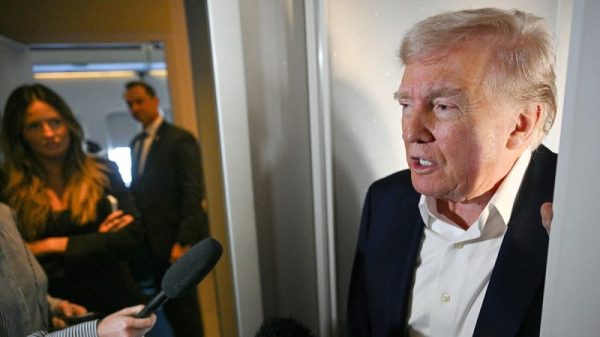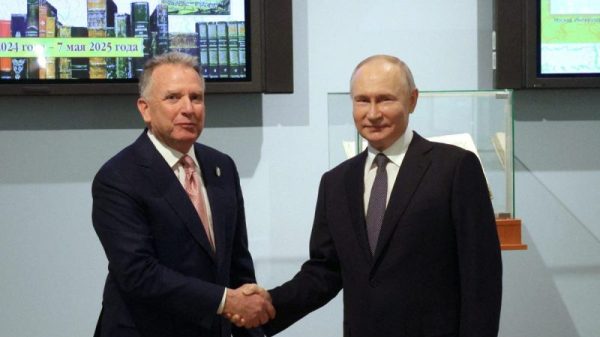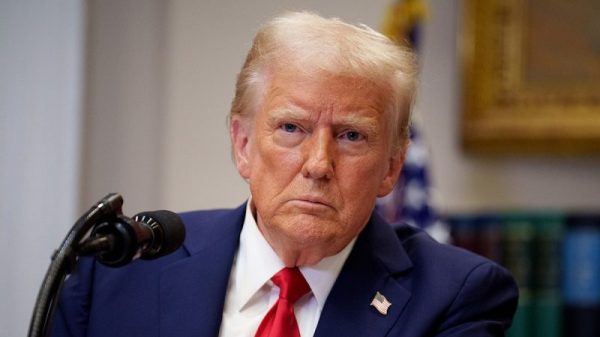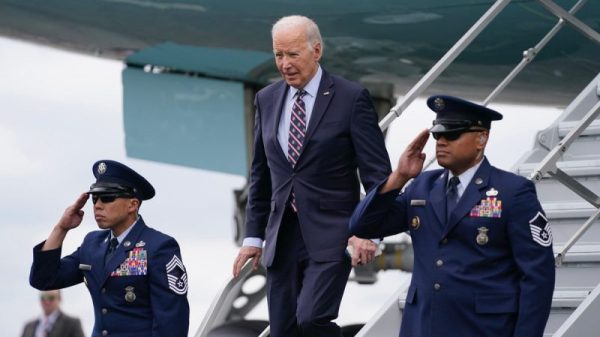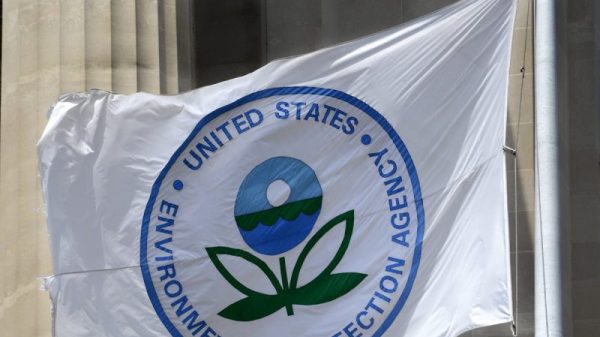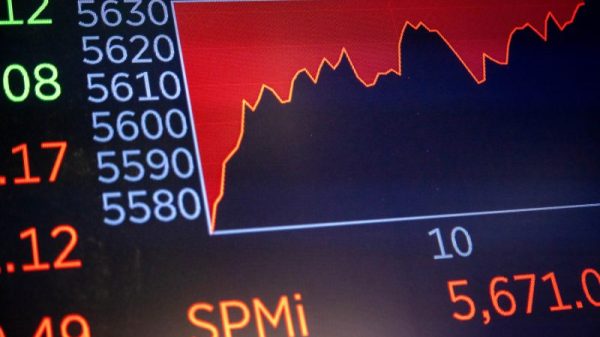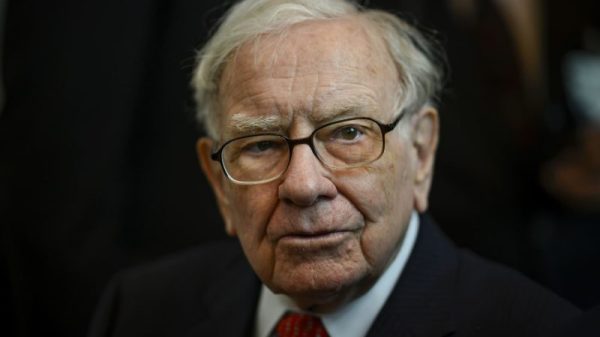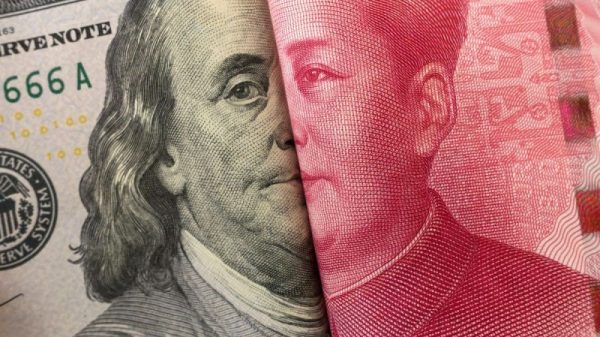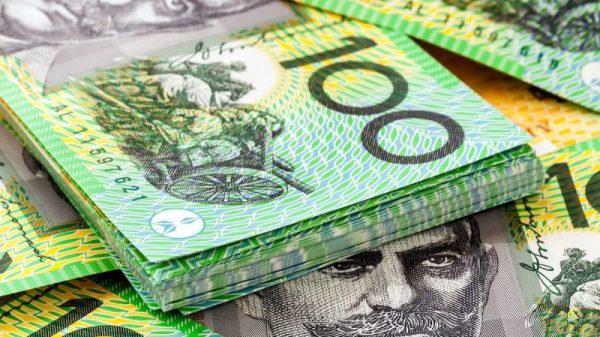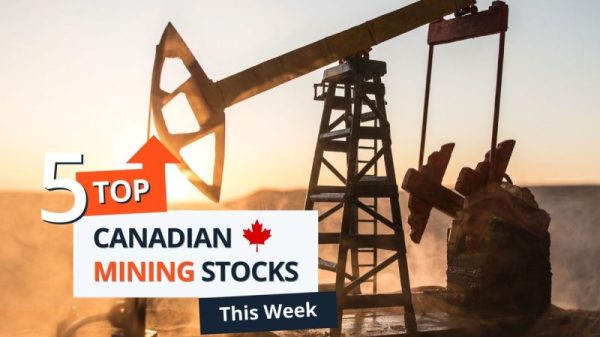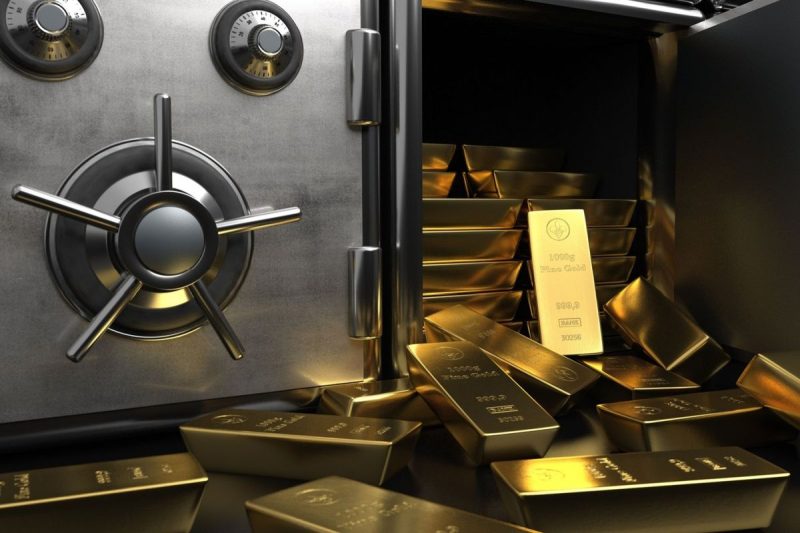Global central banks own about 17 percent of all the gold ever mined, with reserves topping 36,699 metric tons (MT) as of year-end 2023. They acquired the vast majority in the last 14 years after becoming net buyers of the metal in 2010.
Central banks purchase gold for a number of reasons: to mitigate risk, to hedge against inflation and to promote economic stability. Increased concerns over another global financial crisis have as expected led central banks once again to build up their gold reserves.
In a mid-2023 survey, the World Gold Council (WGC) said that 70 percent of the central bankers it polled expect global gold reserves to increase over the next 12 months. Nearly three-quarters of respondents cited the precious metal’s “long-term store of value” as a guiding factor in gold purchases.
Central banks added 1,037 MT of gold to their vaults in 2023, the second year in a row that gold purchases in this segment surpassed the 1,000 MT mark. In the first quarter of 2024, central banks picked up nearly another record 290 MT of gold, reports the WGC.
Central bank gold buying expected to increase according to WGC survey.
Chart via the WGC.
Twenty-four percent of the WGC’s survey respondents indicated plans to grow their gold reserves, down just 1 percent from the previous year. Three percent reported their institution is planning to decrease its gold holdings, a break from the previous two years, when no respondents indicated such a move.
The WGC believes that central banks will continue to be net purchasers in 2024, ‘even if a third consecutive year of ~1,000t net purchases may be unlikely.’
Which central banks hold the most gold?
Global central bank gold reserves topped 36,699 metric tons at the end of 2023, roughly 17 percent of all the gold ever mined. Read on to find out the 10 top countries by central bank gold holdings, as per data from the WGC, including recent Q1 2024 reports.
1. United States
8,133.46 MT
When it comes to the largest gold depository in the world, the American central bank is number one with 8,133.46 MT. The total value of the US central bank gold reserves is more than US$630 billion at a US$2,200 per ounce gold price.
A large percentage of US gold is held in “deep storage” in Denver, Fort Knox and West Point. As the US Treasury explains, deep storage is “that portion of the US Government-owned gold bullion reserve which the Mint secures in sealed vaults that are examined annually by the Treasury Department’s Office of the Inspector General and consists primarily of gold bars.”
The rest of US-owned reserves are held as working stock, which the country’s mint uses as raw material to mint congressionally authorized coins.
2. Germany
3,352.65 MT
The Bundesbank, Germany’s central bank, currently owns 3,352.65 MT of gold, which is less than half the amount amassed by the US. Like many of the central banks on this list, the German national bank stores over half of its stock in foreign locations in New York, London and France.
The Bundesbank’s foreign gold reserves came into question in 2012, when the German Federal Court of Auditors, the Bundesrechnungshof, was openly critical of the Bundesbank’s gold auditing.
In response, the German bank issued a public statement defending the security of foreign banks. Privately, the Bundesbank then began the arduous process of repatriating its gold stock back to German soil. By 2016, more than 583 MT had been transferred back to Germany.
Nearly half of Germany’s gold holdings are stored in Frankfurt, while more than a third are in New York, an eighth of its holdings are in London, and a miniscule amount are held in in Paris.
3. Italy
2,451.84 MT
Banca d’Italia, the national bank of Italy, began amassing its gold in 1893, when three separate financial institutions merged into one. From there, its 78 MT slowly grew into the 2,451.84 MT the country now owns.
Like Germany, Italy stores parts of its reserves offshore. In total, 141.2 MT are located in the UK, 149.3 are in Switzerland and 1,061 are kept in the US Federal Reserve. Italy houses 1,100 MT of gold domestically.
4. France
2,436.97 MT
The Banque de France keeps all 2,436.97 MT of its gold reserves on hand. The precious metal is stored in the bank’s secure underground vault, dubbed La Souterraine; it is located 27 meters below street level.
La Souterraine’s gold vaults are one of the four designated gold depositories of the International Monetary Fund.
According to Investopedia, the collapse of the Bretton Woods gold standard system was in part due to former French President Charles de Gaulle, who “called the U.S. bluff and began actually trading dollars in for gold from the Fort Knox reserves.” At the time, US President Richard Nixon “was forced to take the U.S. off the gold standard, ending the dollar’s automatic convertibility into gold.”
5. Russia
2,332.74 MT
The Bank of Russia is the official central bank of the Russian Federation and owns 2,332.74 MT of gold. Like France, Russia’s central bank has opted to store all its physical gold domestically. The Bank of Russia stores two-thirds of its gold reserves in a bank building in Moscow, and the remaining one-third in Saint Petersburg.
The majority of the yellow metal is in the form of large, variable-weight standard gold bars weighing between 10 and 14 kilograms. There are also smaller bars on site weighing as much as 1 kilogram each.
Russia, which is the third largest gold producer by country, has been a steady purchaser of the precious metal since roughly 2007, with sales ramping up significantly between 2015 and 2020. However, Russia’s refineries were banned from selling gold bullion into the London market following the country’s invasion of Ukraine. Sanctions by the west also include a freeze on about half of Russia’s gold reserves.
In early 2022, Russia tied its the currency the ruble to the yellow metal. ‘The plan was to shift the currency away from a pegged value and into the gold standard itself so the ruble would become a credible gold substitute at a fixed rate,’ according to Robert Huish, an Associate Professor in International Development Studies at Dalhousie University.
6. China
2,262.39 MT
The central bank for Mainland China is the People’s Bank of China (PBoC), located in Beijing. The national financial institute stores 2,262.39 MT of gold, most which has been purchased since 2000. In 2001, the PBoC had 400 MT of gold in reserve, but in just a little more than two decades that total has climbed by 459 percent.
The PBoC issues the Panda gold coin, which was first created in 1982. The Panda coin is now one of the top five bullion coins issued by a central bank. It is among the ranks of the American Eagle, Canadian Maple Leaf, South African Krugerrand and Australian Gold Nugget.
The PBoC was the top gold buyer out the world’s central banks for the first quarter of 2024, purchasing another 27 MT. March 2024 marked the 17th consecutive month of gold buying for China’s central bank.
7. Switzerland
1,040 MT
Holding the seventh largest central bank gold reserves is the Swiss National Bank. Its 1,040 MT of gold are owned by the state of Switzerland, but the central bank manages and maintains the reserve.
After years of opaqueness regarding the country’s golden treasure trove, the Swiss Gold Initiative, or Save our Swiss Gold campaign, was launched in 2011.
The publicity culminated in a national referendum in 2014, asking citizens to vote on three proposals. The first was a mandate for all reserve gold to be held physically in Switzerland. The other two dealt with the central bank’s ability to sell its gold reserves, along with a decree that 20 percent of the Swiss bank’s assets be held in gold.
The referendum was unsuccessful, but did prompt the bank to be more transparent. In a 2013 release, the central bank reported that 70 percent of its gold reserve was held domestically, 20 percent was located at the Bank of England and 10 percent was stored with the Bank of Canada.
8. Japan
845.97 MT
Public information about the Bank of Japan’s gold reserves is hard to come by. In 2000, the island nation was holding approximately 753 MT of the yellow metal. By 2004, the Bank of Japan’s gold store had grown to 765.2 MT, and remained at that level until March 2021, when the country purchased 80.76 MT of gold.
9. India
822.58 MT
The Reserve Bank of India is another central bank that has fervently acted to increase to its holdings in recent years. It began adding to its gold assets in 2017; however, the majority of its purchases have taken place in the past four years.
Strikingly, after India’s central bank purchased 16 MT of gold in 2023, the institution scooped up another 19 MT of the precious metal in the first three months of 2024.
While more than half of its gold is held overseas in safe custody with the Bank of England and the Bank of International Settlements, about a third of its gold is held domestically.
10. Netherlands
612.45 MT
Rounding out this list of the top central bank gold reserves is the Dutch National Bank (DNB), the central bank of the Netherlands. Like Switzerland, the Dutch central bank stores as much as 38 percent of its gold in Canada’s national reserve. Another 31 percent, in the form of 15,000 gold bars, is held in a domestic vault, while the remaining 31 percent is located in New York’s Federal Reserve bank.
In a report, the DNB describes gold as the supreme safe-haven asset. “Central banks such as DNB have therefore traditionally had a lot of gold in stock. After all, gold is the ultimate nest egg: the trust anchor for the financial system,” it reads. “If the entire system collapses, the gold supply provides collateral to start over. Gold gives confidence in the strength of the central bank’s balance sheet. That gives a safe feeling.”
*11. International Monetary Fund
2,814.1 MT
The gold reserve held by the International Monetary Fund is the third largest in terms of size. The large gold reserve was amassed primarily during the founding of the international organization in 1944.
In that inaugural year, it was decided that “25 percent of initial quota subscriptions and subsequent quota increases were to be paid in gold.”
Since 1944, the International Monetary Fund has added gold through the repayment of debts owed by member countries. Nations can also exchange gold for another member country’s currency.
Securities Disclosure: I, Melissa Pistilli, hold no direct investment interest in any company mentioned in this article.

